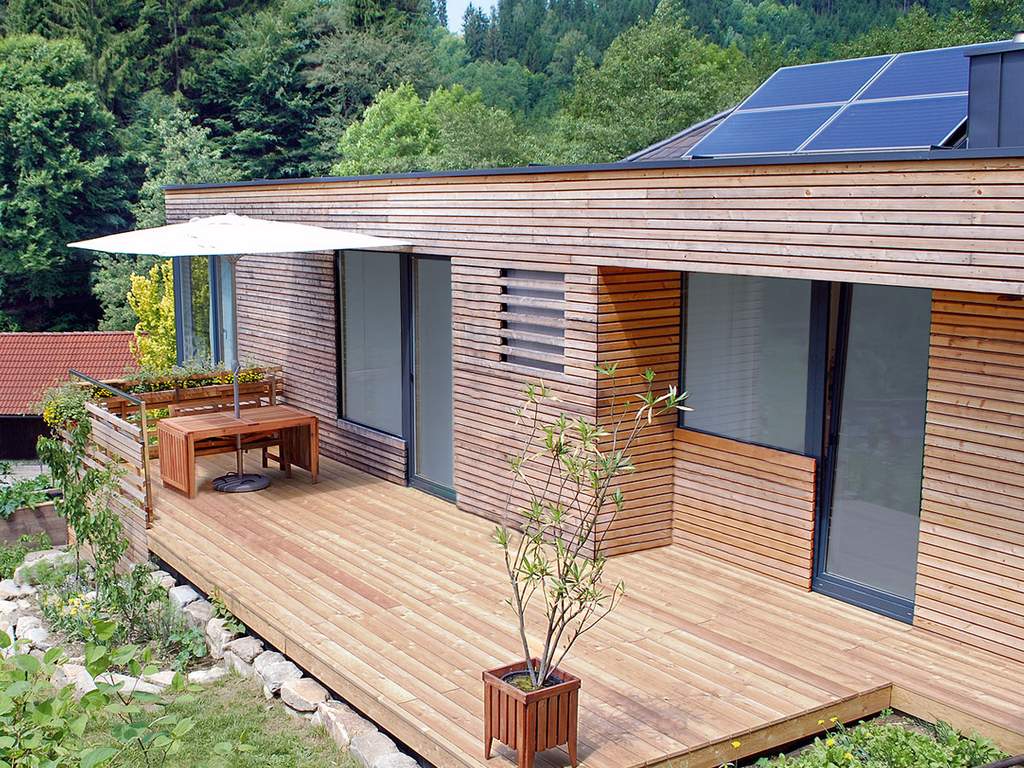How Do Passive House Windows Reduce Your Energy Expenses?
A Passive House is thoughtfully designed to reduce energy consumption by 90% in a home. It improves the air quality, insulation, durability, and overall comfort experienced in a home. The design takes into account the functional elements within a home and it’s external environment to produce a harmonious and a self-sufficient building. The Passive House standard has also been applied to windows and doors to meet the stringent construction requirements.
Passive House Window Technology
Sun orientation, solar heat gain, airtightness, thermal bridging, heat recovery, cross ventilation and superior insulation are the fundamental principles distinguishing Passive House technology.
The Passive house standard, developed in Europe, has revolutionized the construction and performance of European windows and doors. This certification requires windows to meet a ‘U value’ below 0.8 W/m²K, far outperforming the average North American triple-glazed window which can reach only 1.3 W/m²K.
U Value
The ‘U value’ is a measure of the window or door’s overall level of conductivity (frame and glazing). In other words, it is the ability to keep heat and cold out. It indicates the difference between the exterior and interior temperature of the window. If the U value is lower, the performance and insulation properties of the window is higher. For example, on a -30°C winter day, the glass temperature of a high-performance window will remain steady at 20°C, avoiding unwanted heat loss and expensive heating bills.
The use of non-conductive materials, such as UPVC and the construction of innovative chamber significantly improve the thermal efficiency of the window profile. Therefore, both warm and cool temperatures are regulated keeping the interior room temperatures stable and comfortable.
Solar Heat Gain Coefficient
Glazing and sun-orientation are two key factors that allow a home to reap the benefits of natural heat sources which significantly reduce both energy consumption and heat loss.
The Solar Heat Gain Coefficient (SHGC) indicates the amount of heat gained and transmitted through the glass when exposed to direct solar contact.
Increasing or reducing the SHGC for rooms that lack or allow too much natural sunlight into the home can have a significant impact on energy efficiency. During winter, an increased SHGC allows more heat to be transmitted into the home. It is a cost-effective and convenient means of stabilizing indoor temperatures. The orientation of the sun is an important consideration in Passive House and Net Zero home design. This greatly affects the distribution of heat and energy consumption.
These amazing benefits of passive house windows result in negligible energy bills. They also reduce the ecological footprint of the buildings. If we want to strike a balance between urban development and climate change, this is definitely the way to go.


